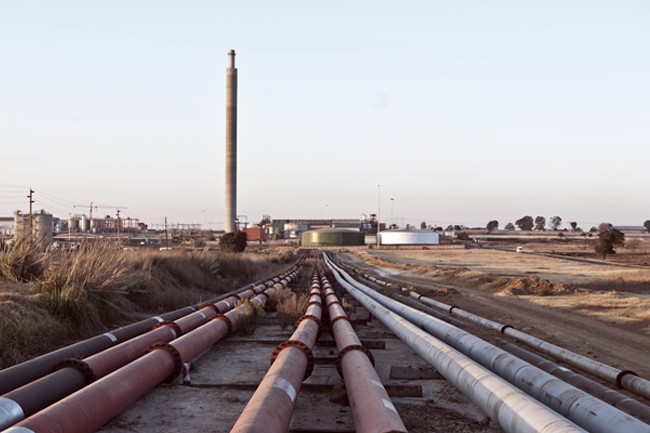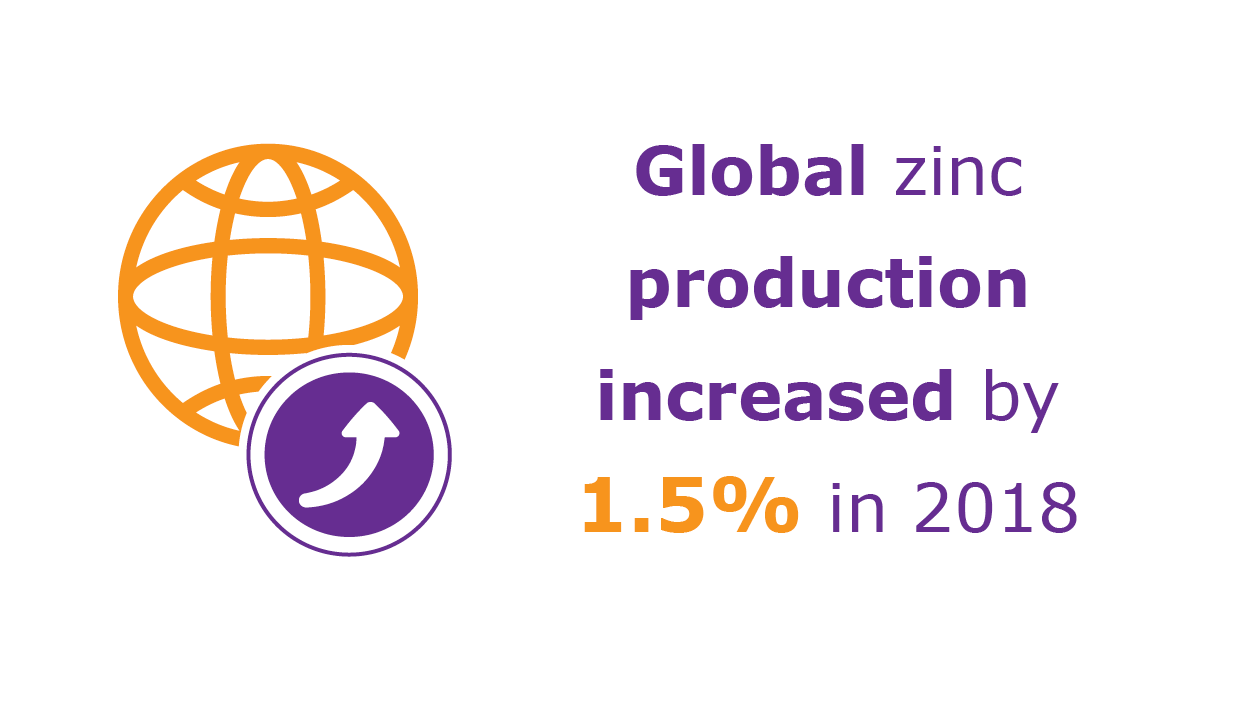Extracting precious metals from mine tailings is a bit like searching for a lost contact lens on a municipal landfill dump. You have to sort through massive volumes of waste to find a tiny object. But while the odds of liberating your lens from the rubbish are impossibly slim, the prospects of recovering metals and minerals from the old slime dumps are very good, thanks to modern technology.
Despite the comparatively small amounts of gold, uranium, sulphur, diamonds or rare earth elements that are being extracted per ton of tailings, re-mining is commercially viable because of the sheer volume of mine waste that is being reworked.
In Africa, much of the focus now lies on the historic gold tailings of the West Rand near Johannesburg, but there are also projects elsewhere in the country and across the continent that exploit the waste dumps of platinum mines as well as diamonds, copper, chrome, magnetite and many other commodities, even low-grade minerals such as coal.
‘The older tailings dams are far richer than the current ones,’ says Navin Singh, mining and mineral resources manager at the Council for Scientific and Industrial Research.
‘When the mines first started to create tailings dams, the technology was not as efficient as it is now, so those deposits still have a lot of minerals in them.
‘As we move forward in South Africa, we are looking at highly efficient narrow-seam mining where you maximise your underground mining activities for the product and you don’t take out the excess waste.’
This means there may not be rich pickings in the tailings dams of the future, but for now it remains an attractive business. So attractive, in fact, that DRDGold ceased all its underground mining operations in South Africa to become a world-leading ‘surface miner’, whose business concentrates entirely on tailings re-treatment.
The company typically goes through 100 tons of tailings material (at a grade of 0.33g per ton) to yield 15g of gold. This may sound measly but it’s worthwhile: DRDGold reported a 16% increase in operating profit for the quarter ended 31 March 2015, which was a result of a 2% growth in gold production and sales (to 36 877 ounces) coupled with a higher gold price.
Earlier this year the company, which is listed on the JSE and the New York Stock Exchange, announced it had completed the feasibility study for a ZAR23 million upgrade of its flagship Ergo plant. Plans are under way to increase the treatment capacity by 300 000 tons per month (t/m) to a total of 2.1 million t/m (Mt/m).
Mintails is another company whose activity – as the name implies – is based on the mining of tailings on the West Rand. The Australian-listed miner recently acquired higher-grade hard rock-gold material, the processing of which will add to its total gold output.
There are numerous reasons why re-mining makes business sense. ‘The retreatment process of old tailings is a lot more cost-effective than deep-level mining, because you don’t have to move any mined material from 2 000m underground to the surface; it’s already liberated,’ says Singh.
‘The treatment of most of the precious metals is also already taken care of. And it’s not as labour-intensive as underground mining.’
Add to this the current trend of lower mineral recoveries from conventional underground mining, prolonged labour action, flattening commodity prices and restrictive government regulations, and the low-risk surface mining becomes a viable alternative.
In Africa, Sibanye Gold, Harmony Gold, AngloGold Ashanti and Pan African Resources are also among those involved in mining discarded residue.
‘When the mines first started to create tailings dams, the technology was not as efficient as it is now, so those deposits still have a lot of minerals in them’
While some tailings, including coal, gold, platinum, magnetite and copper, can be re-mined mechanically, the more common method is hydraulic re-mining. Fraser Alexander, a company offering outsource solutions and services (including re-mining) to mining and heavy industry, explains that hydraulic re-mining uses either manually or remote-controlled hydro-mining units to re-pulp tailings with high-pressure water.
The company says that to date it has undertaken most of the hydraulic re-mining on the African and South American continents, and that it processes approximately 100 million tons of tailings per year.
Craig Walter, business support leader at Fraser Alexander Tailings, says the company is currently in charge of 91 tailings dams at 24 Mt/m and 41 hydro-mining sites at 7 Mt/m. Its African operations include Botswana, Côte d’Ivoire, the DRC, Ghana, Mali, Namibia, South Africa, Tanzania, Zambia and Zimbabwe.
‘Mine metallurgical processes have improved and are allowing relatively low-grade resources to be hydro-mined as viable projects,’ he says.
‘The overall hydro re-mining philosophy has, however, not changed dramatically in recent times but mechanical advances in the type of direct use equipment [hydro mining units] and the support equipment [pump stations] have allowed for higher production rates and lower costs to be realised.
‘Also with the significant number of projects Fraser Alexander have and are operating, hydro-mining methods have been adapted and advanced to suit specific ore types and site conditions that were previously not considered possible.’
Fraser Alexander develop and patent their own technology, which they then operate on behalf of their clients. Walter lists the firm’s tracked hydro-mining units as examples of innovative new technology. He says: ‘These are self-propelled, remote controlled units utilised for hydro-mining high tonnages. The units raise the level of safety and ergonomics in that the operator stands some distance from the unit and is not impacted on by the high-pressure water jets while in operation.’
Another invention is the self-propelled cyclone unit – used for high deposition rates on tailings facilities. According to Walter, this unit provides a dramatic reduction in capital outlay and labour requirement compared to conventional cyclone deposition operations.
A positive by-product of tailings retreatment is the rehabilitation of the land. As the tailings dams are reduced, more land becomes available
One of Fraser Alexander’s current clients is Pan African Resources, for whom the firm has constructed a tailings storage facility and is running a re-mining operation.
At the beginning of the year, the dual-listed gold miner hosted a site visit at its new Evander tailings retreatment plant (ETRP) in Mpumalanga. Pan African said in a media statement: ‘We are proud to announce that the first gold at the ETRP was produced in January 2015 after the commencement of retreating slimes from the Kinross tailings dam. The ETRP is expected to reach a steady state of production of between 180 000 to 200 000 t/m by June 2015.’
Meanwhile Sibanye Gold is fast-tracking a similar although much larger re-mining venture – the West Rand tailings retreatment project (WRTRP) is set to be completed in phases over 25 years, and will eventually reprocess up to 4 Mt/m.
The company was confident about the project at its half-year results presentation in August 2015. Mining Weekly reported that the first phase would provide low-cost gold and uranium with a net present value of ZAR3.2 billion, at a 15% internal rate of return and a payback of nine years.
The WRTRP will initially process two high-grade tailings dams at Driefontein and Kloof, and two at Cooke gold mine in Randfontein.
According to the mining publication, the first 16-year phase is expected to recover 1.2 million ounces of gold and 35.2 million pounds of uranium.
Sibanye CEO Neal Froneman is quoted as saying that the processing of the company’s remaining surface resources, together with possible taxation benefits and the sales of the by-product sulphuric acid, would conservatively translate to a net present value of up to ZAR6 billion. The WRTRP will incorporate hydraulic reclamation stations, overland slurry and water pipelines, a central processing plant, regional tailings storage facility and an advanced water treatment facility.
A positive by-product of tailings retreatment is the rehabilitation of the land. As the tailings dams are reduced, more land becomes available for industrial or other uses.
‘Fraser Alexander has partnered with specialists utilising patented technologies for treatment of materials with a high acid mine drainage potential plus remediation of the soil mass for the establishment of vegetation,’ says Walter. ‘These technologies are unique to the mining industry.’
However, while headlines shout ‘From tailings to treasure’ and refer to a ‘new gold rush’, Singh is more cautious.
‘I don’t see re-mining as a major activity for the big mining houses with their established mines,’ he says. ‘But it poses an opportunity for junior and emerging miners on a smaller scale.’






